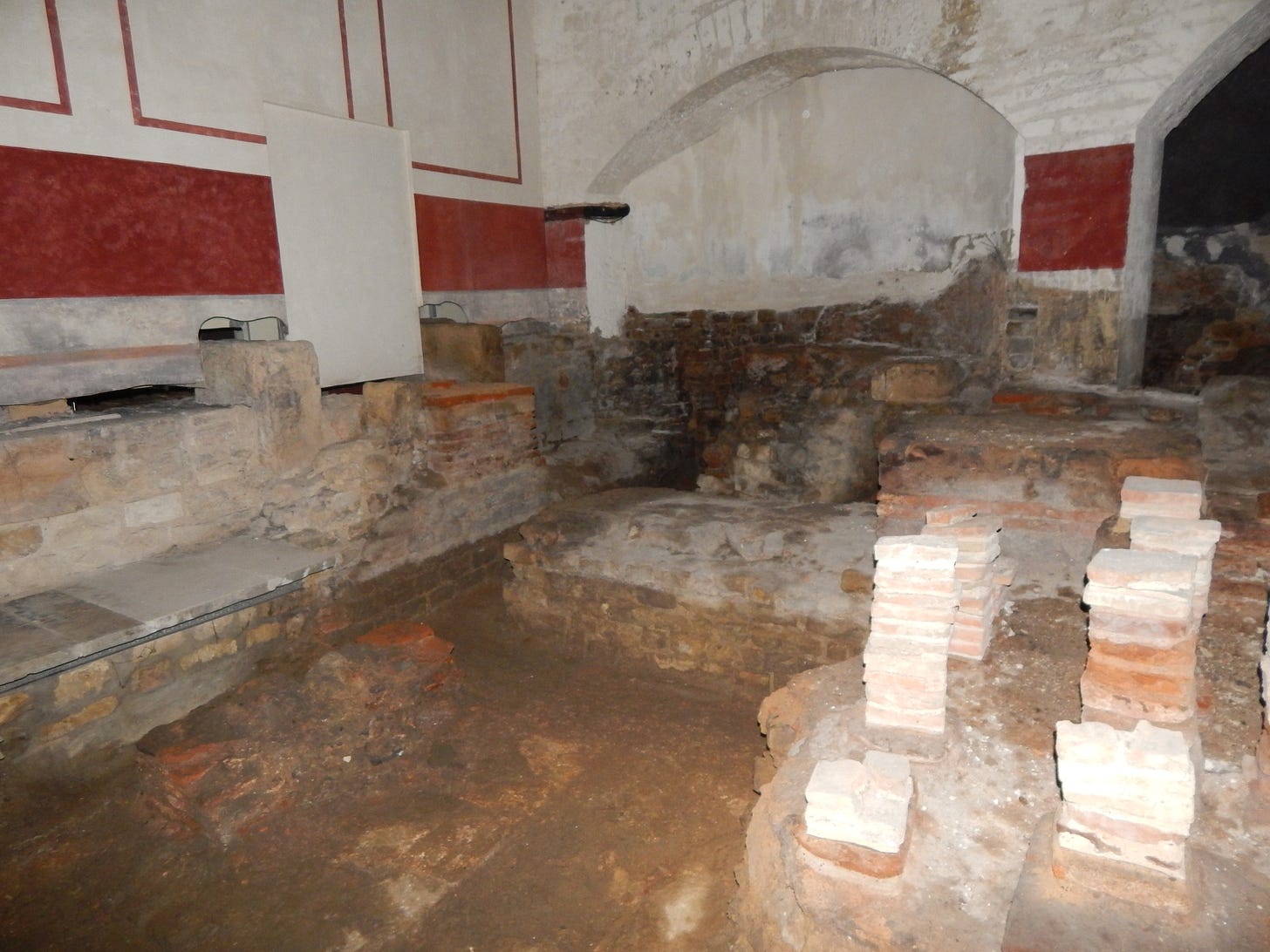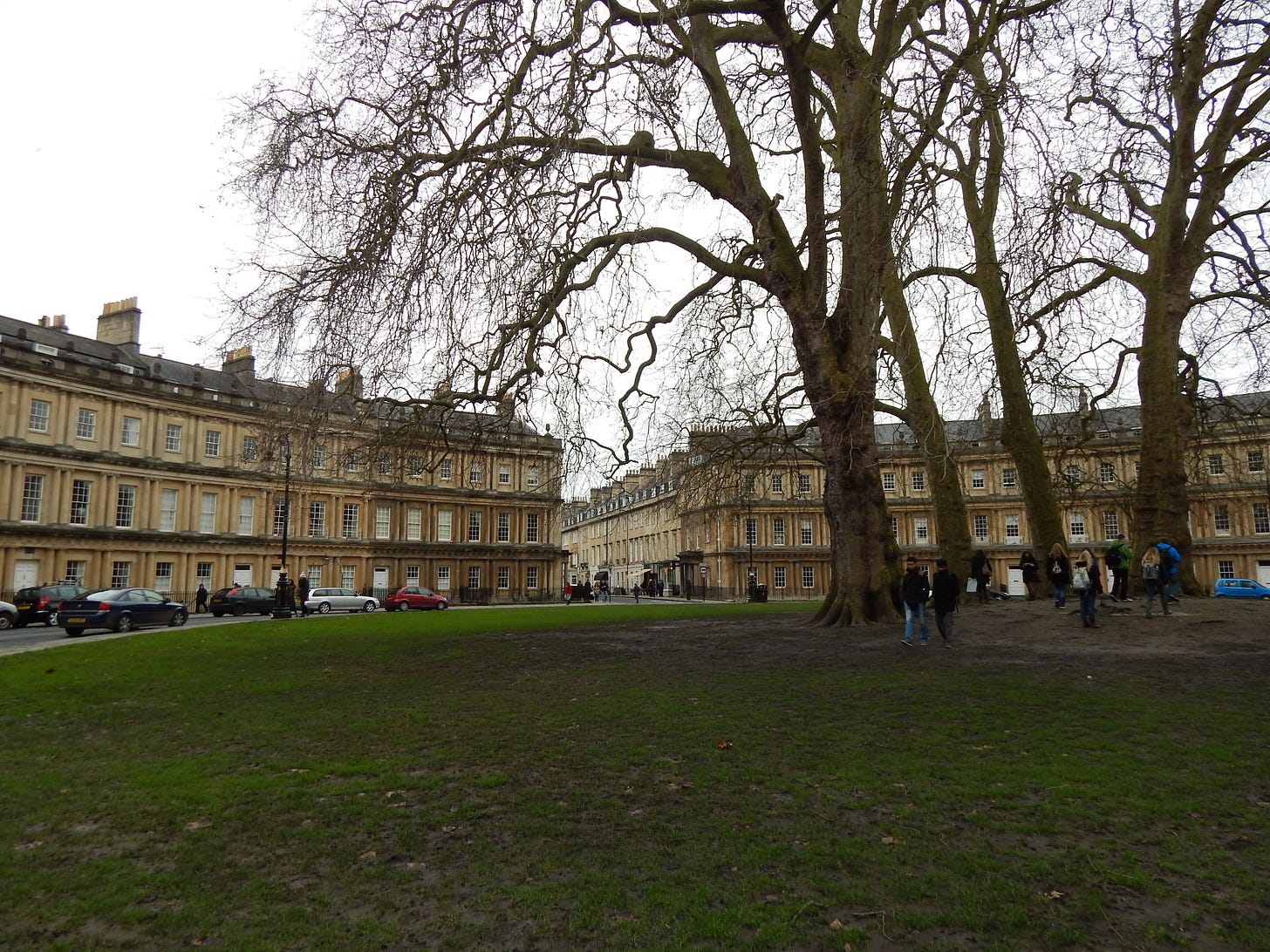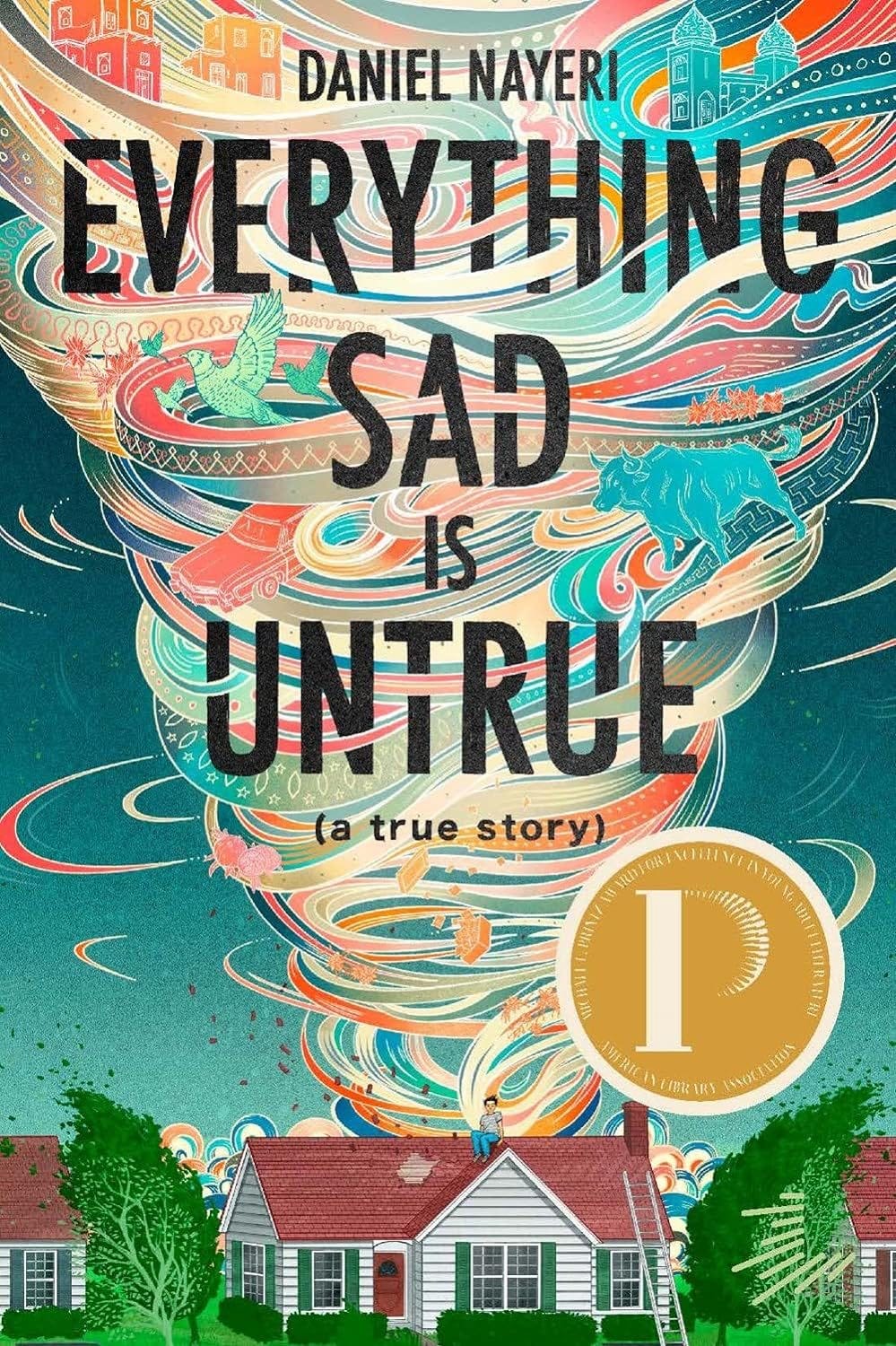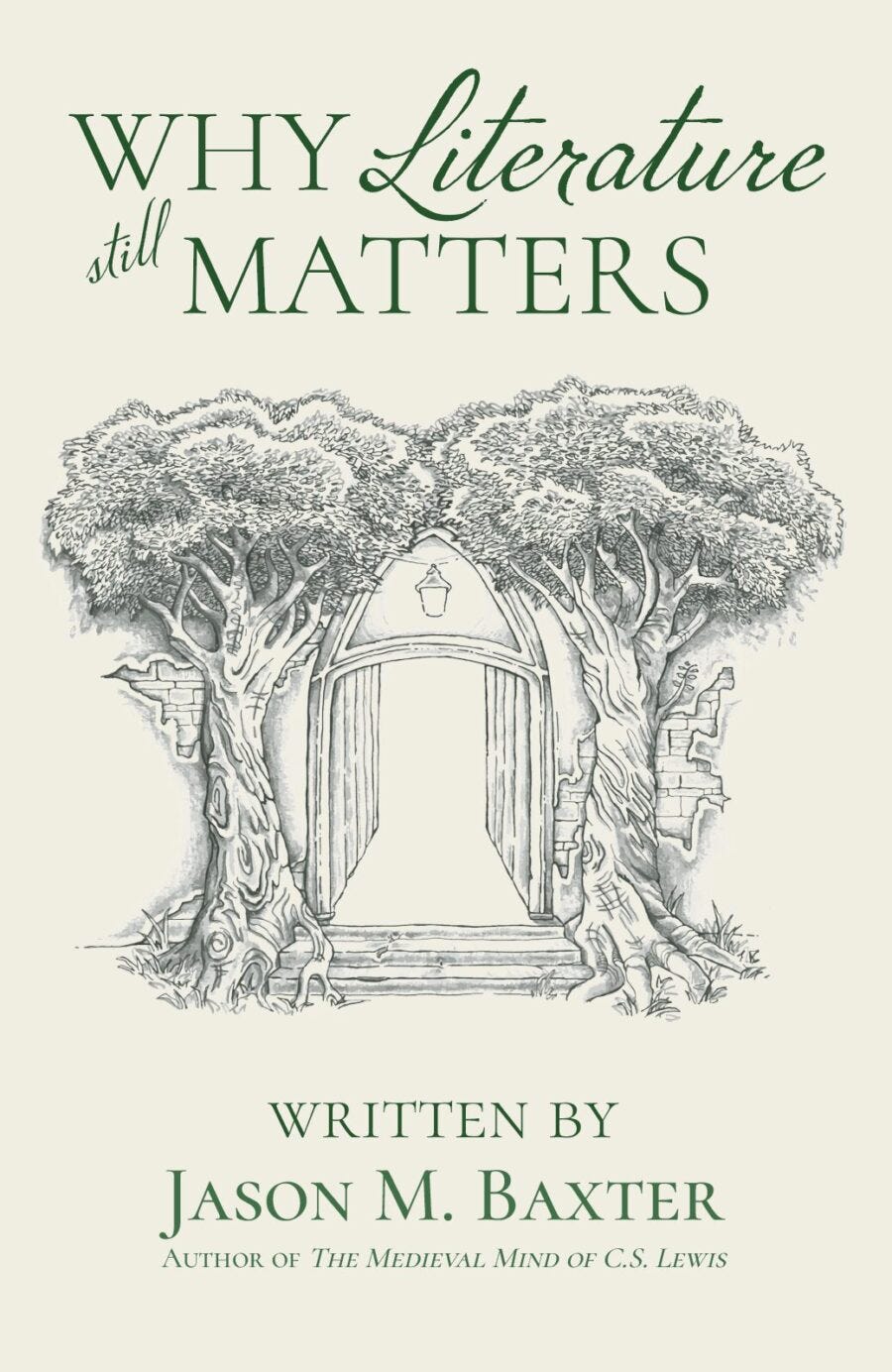Though published posthumously in 1818, the writing of Northanger Abbey dates to 1798-1799; aside from retouching work completed in 1816. Thus, it is one of the earliest novels written by Austen, composed when she was 23-24. Austen added a preface reflecting the considerable gap of time between its creation and publication, and it is well worth keeping in mind for her readers:
“The public are entreated to bear in mind that thirteen years have passed since it was finished, many more since it was begun, and that during that period places, manners, and books, and opinions have undergone considerable change.”
The novel takes place in three main settings. The first is Catherine’s home in Fullerton, a fictional town located in the ‘South Central’ region of England (in the county of Wiltshire). The second location, where we spend the longest time, is the real-life town of Bath, in the ‘West Country’ of England (in Somerset). And the third is the eponymous (and fictional) estate of Northanger Abbey, also in the West Country (in Gloucestershire).
Part of the original Roman Baths
Bath was founded by the Romans c.70 AD, who tapped into its natural thermal springs. After being abandoned in the early 5th century, Bath experienced a revival in the 18th century, when the Georgians became interested in its Roman past and ostensible health benefits. In addition to its history as a resort, Bath also has a long religious history. The Romans honored the Celtic goddess of springs (Sulis) who they identified with the Roman goddess Minerva (hence the town’s original name of Aquae Sulis Minerva). Some sort of Christian religious home (either a convent, monastery, or abbey) has existed in Bath since at least 675 AD. The current abbey building dates to 1499, though it has endured a tumultuous history of destruction and restoration in succeeding centuries. Bath is thus a place in which the sacred and the secular, the self-sacrificing and self-indulgent, are deeply intertwined. It is a place of great architectural beauty and high culture, and a crowded city whose visitors were often obsessed with fashionable appearance over virtuous substance.
Three layers of Bath: Roman, Medieval, and Victorian
Austen’s love-hate relationship with Bath reflected this duality. Like Catherine, the heroine of Northanger Abbey’s, Austen’s first visit to Bath was marked by an enjoyment of the variety of experiences the city offered. On the other hand, Austen was a woman who deeply loved the natural world and disliked the crowded bustle of urban living. The complexity of Austen’s relationship with Bath, and the different aspects of the city, will be embodied by various characters throughout Northanger Abbey. (Incidentally, I got to visit Bath when I studied abroad in England and had a fantastic time. I did get to ‘sample the waters,’ and am still unsure as to why anyone would regularly do so-all the photos are actually ones I took in 2014).1
Bath Abbey
Our novel’s second key setting, like Bath, is a location intimately tied to England’s dramatic religious history. The fictional Northanger Abbey is an example of the fundamental reordering of the English physical (and political) landscape that came with the Dissolution of the Monasteries. When Henry VIII broke with the Catholic Church, he enriched himself and his followers by taking over the lands and buildings of religious institutions. The Tilneys would have been one of the families whose loyalty to Henry, or one of his children, was rewarded by the monarch. According to an article by Brenda Cox in the journal of the Jane Austen society of North America:
“When the Tilney family took over Northanger Abbey after the monasteries were dissolved, they would have also received the advowsons, that is, the rights to assign a living, for parishes under the monastery’s patronage, including Henry’s parish of Woodston (Moore 92).” Like Bath, Northanger Abbey is a location whose religious past has been obscured by the modern comforts of its current proprieters. Where the original abbeys often functioned as places of hospitality and outreach to the poor, we will see that Northanger Abbey has lost touch with such a generous spirit.”2
Thematically, there will be few threads I will focus on in these reading guides. The first is the ‘literary’ thread of Austen’s heavily ironic tone and purposeful parody of the gothic novel. Before embarking on your reading of Northanger Abbey, it might be helpful to revisit Episode 16 of our podcast, which introduced the gothic novel, and to think back to your discussions of Jane Eyre and The Moonstone, both of which serve as representatives of the gothic novel (though written after Northanger Abbey). I’ll explore specific examples of Austen’s irony and parody in each post, but suffice it to say, if you aren’t grinning from the get-go, you might be taking Austen too seriously. In this early novel, Austen’s wit is honed to a razor’s edge, pricking at the follies of her characters with impunity. In her parody of the gothic novel, Austen will also explore the art of reading in general. We will see how the ways in which we read, as well as the content we choose to consume, can have a significant impact on our perceptions and our character.
The Royal Crescent at Bath
Another theme of the novel is the moral growth and maturation of our heroine, Catherine Morland. Catherine is an innocent and imaginative young woman. In her innocence, she is like a young Jane Bennett, tending to see the best in others. Her good heart is by no means a flaw, but she will have to grow in both prudence and discernment in order to protect that good heart from being taken advantage of by others. She will also have to develop the firmness of character to act upon the dictates of prudence. In her imagination, Catherine is reminiscent of Austen’s heroine Emma, though Catherine’s imagination runs to melodrama rather than to matchmaking. Like Emma, Catherine will have to experience what C.S. Lewis referred to as an “'undeception' or 'awakening'.” Catherine will discover that she has been “making mistakes both about [herself] and about the world in which [she] live[s].” This requires a “reinterpretation” of the “data” she is using to interpret her experiences. Catherine will also “realize that the cause of the deception [lies] within';” it is not something for which she can shift the responsibility onto others.3
, in her fantastic book Jane Austen’s Genius Guide to Life, does a masterful job of exploring this theme. I read it a few years ago and am indebted to her for identifying prudence as the virtue that Catherine needs to grow in, and for her opening my eyes to how deeply moral Austen is as an author. I can’t recommend her book enough!As ever in an Austen novel, questions of gender roles, the nature of men and women, and what healthy romantic relationships between the two sexes look like will also arise.
And with that, let’s revisit what fellow book club member, Tammy Carlin, wrote to help us get excited about this lesser read Austen novel:
You're going to love this one. Especially if it's a first reading. It's a lovely, humourus, "Gothic," novel. Full of hilarious vignettes and quotable lines. For example, "If the heroine of one novel be not patronized by the heroine of another, from whom can she expect protection and regard?"
We follow Catherine Moreland through the vicissitudes of her eventful,... well, not life, more like a year. It's lots of fun super light reading. But being Austen also full of thoughtful human scenarios and engaging dialogue.
Northanger Abbey Reading Schedule
Friday, July 11th: Intro and Reading Schedule
Wednesday, July 16th: Chapters 1-10 (Vol 1 Chapters 1-10)
Wednesday, July 23rd: Chapters 11-17 (Vol 1 Chapters 11-15, Vol 2 Chapters 1-2)
Wednesday, July 30th: Chapters 18-23 (Vol 2 Chapters 3-8)
Wednesday, August 6th: Chapters 24-28 (Vol 2 Chapters 9-13)
Wednesday, August 13th: Chapters 29-End (Vol 2 Chapters 14-16)
What We’re Reading Now/Next:
July
Everything Sad is Untrue by Daniel Nayeri
August
Northanger Abbey by Jane Austen
September
Why Literature Still Matters by Jason Baxter
A Few Reminders:
If you are wanting to get in on the in person or virtual community please contact us!
We have turned on paid subscriptions which will allow you to support the work we are doing here as well as receive Read Along Guide PDFs each month and voice recordings of the Read Along Guides.
If you would like to make a small contribution to the work we’re doing here at Reading Revisited, we invite you to do so with the Buy (Us) a Coffee button below. We so appreciate your support!
*As always, some of the links are affiliate links. If you don’t have the books yet and are planning to buy them, we appreciate you using the links. The few cents earned with each purchase you make after clicking links (at no extra cost to you) goes toward the time and effort it takes to keep Reading Revisited running, and we appreciate it!
https://janeausten.co.uk/blogs/in-praise-of-jane/i-dont-hate-bath
https://visitbath.co.uk/blog/read/2023/06/a-brief-history-of-jane-austen-in-bath-b220
https://www.bythebyreholidays.com/journal/history-of-bath
https://www.bathabbey.org/visiting/history/
https://jasna.org/publications-2/persuasions-online/volume-40-no-1/cox/?fbclid=IwY2xjawJWYutleHRuA2FlbQIxMAABHSAxlNL0Qa7tCRMfiKD-U9j4xLSiCi-OOe3vUG9nHwtKfvAo9-rcjNNXjg_aem_58PYu2zPZaaqfXpzPgPqdQ
https://undeceptions.com/wp-content/uploads/2022/12/A-Note-on-Jane-Austen-Lewis.pdf












Ooohh! I think I want to join in for this one!